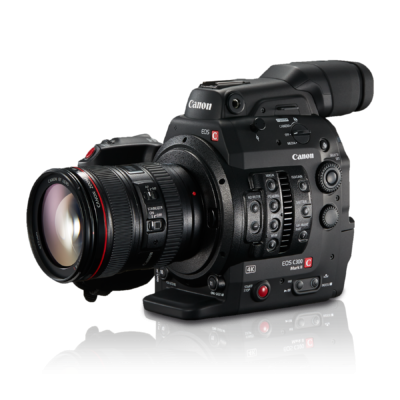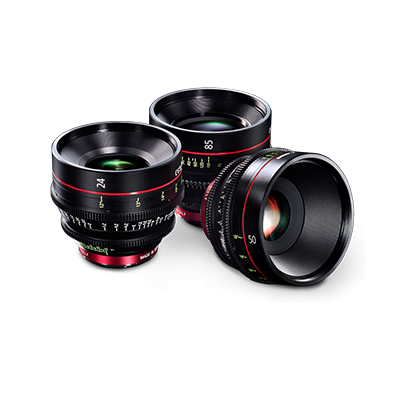Current trends in corporate video production
It’s long been understood that most people process visual information much faster than written text—and they’re more likely to remember what they’ve learned. And so it’s been standard practice to pepper presentations of all sorts with everything from visual metaphors to graphs to intricate infographics. Corporate videos take this idea to its logical conclusion: If having some images is good, conveying information only through images must be even better.
But business moves quickly. It’s no longer sufficient for a corporate video to simply be a collection of talking heads, interspersed with cheesy b-roll and a few pie charts. Nowadays, corporate video production employs the latest technology to ensure brand messages are easily accessed, engaged with, and absorbed.
Animated video
- Presentations are a fact of life at any large company, so taking a novel approach—no matter the presentation’s “importance”—is always helpful in terms of boosting engagement and recall. Creating an animated video is one such approach. Now, this doesn’t mean fashioning a Pixar-quality film; it’s just about adding motion, flair, and a bit of extra fun.
- The major benefit of animation is its flexibility. You can use it to visualize data and concepts that text or “real life” videos cannot. And it works for everything from, say, a sales-team explainer about a new product to a customer-facing social media clip to an annual report. The format is so popular that numerous cloud-based tools and platforms have emerged to support the production of animated business videos—quickly, easily, and affordably, too.
360-degree videos
- Also known as immersive video, this format is becoming more attractive as virtual reality gains traction in both commercial and recreational settings. The videos are shot with an omnidirectional camera (or an array of traditional cameras) to capture every direction simultaneously. When played back using a VR headset, these videos create the illusion of immersion; the effect is diminished on a flat screen, but users still get a panoramic view of the proceedings. As such, 360 videos have proven particularly effective for business applications requiring live streaming, such as video conferencing and corporate events—to better engage remote viewers by giving them the feeling of really “being there.”
Customer journey videos
- Companies create customer (or client) journey maps to describe how representative customers interact with their brand—from initial engagement through to sale, and even, ideally, post-purchase. Analyzing these journeys helps to identify customer needs, pinpointing exactly where they are or are not being satisfied. Typically, such journeys are depicted as literal flowcharts or maps, but they can be incredibly complex, encompassing numerous online and in-person interactions that can be both direct (e.g. speaking to a customer service representative) and indirect (reading reviews of a product or brand).
- Translating this into a video can help to distill a potentially overwhelming amount of visual and textual information into a more digestible step-by-step narrative. And it can a great way to put animation to use—to illustrate stages of the journey, but also to contextualize it with data overlays and other visualizations.









